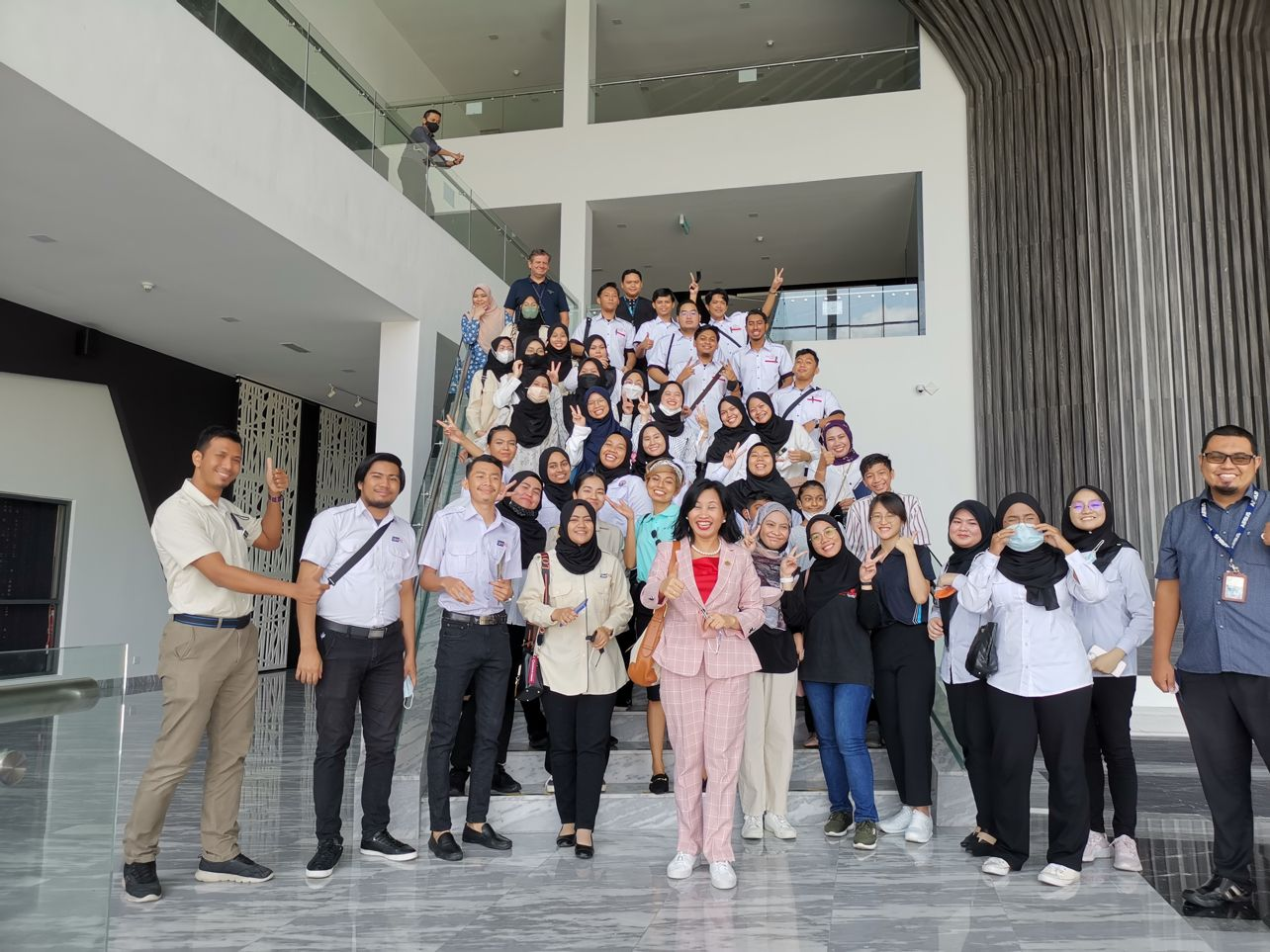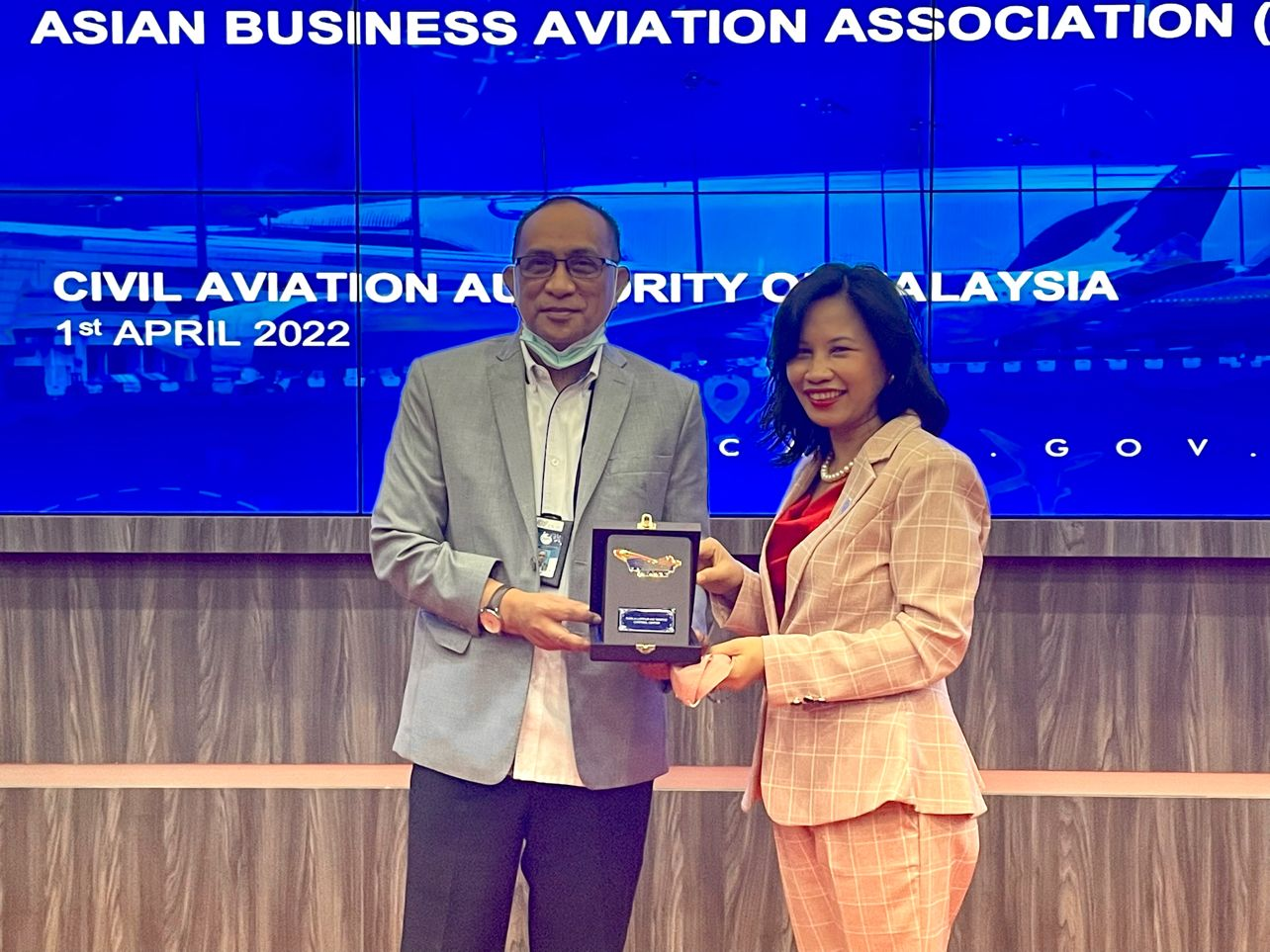AsBAA Malaysia visits the Kuala Lumpur ATC Center Complex



AsBAA Malaysia chapter, led by chapter head Aida Ismail, last week hosted a visit with volunteers and aeronautical students to the Kuala Lumpur Air Traffic Control (KLATCC) Center Complex, Sepang, to learn about airfield control and engage directly with air traffic controllers. This AsBAA Discovery activity was hosted and supported by the Civil Aviation Authority of Malaysia (CAAM), and it was the first public group allowed to visit this restricted area since its opening recently. Thank you, Aida, for organising this educational and meaningful day for AsBAA Discovery!
We are also pleased to share the following about KLATCC:
Designed after a local traditional kite or wau and infused with a modern twist, the new Kuala Lumpur Air Traffic Control Centre (KLATCC) is another important milestone in Malaysia’s civil aviation industry. This three-storey facility is equipped with modern technology and houses the newly improved air traffic control operations for the Kuala Lumpur Flight Information Region (KL FIR). The ultramodern facility provides efficient and seamless Air Traffic Management (ATM) and locates the En-Route and Approach Units together with the Aeronautical Search and Rescue (SAR) Coordination Centre and can accommodate operations for the next 30 years.
With state-of-the-art technology, the new KLATCC can handle more aircraft movements per hour using three runways at KLIA simultaneously. This will provide lucrative returns to the country through the expansion of the aviation industry. The new KLATCC will definitely enhance Malaysia's competitiveness in the aviation industry by raising the availability and connectivity of the country’s air transport industry. Based on International Civil Aviation Organization (ICAO) Global Air Navigation Plan (GANP), KLATCC is set to achieve the following objectives:
1. Increase the level of flight safety through the reduction of radio congestion and reduce workload for the air traffic controllers;
2. Increase flight efficiency and reduction in flight delays;
3. Increase the capacity of airspace and aircraft movement at KLIA; 4. Achieve the targets of ICAO GANP 2016-2030.
